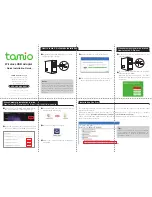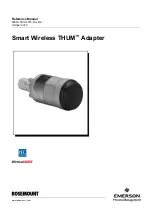
-
46
-
Appendix B The method of operation guide
In this section, we’ll introduce the features method of operation, and lead you step by step to establish
these features.
Call Transfer
A. Blind
Transfer
1. B call to A and they are in the process of conversation.
2. A carry the transfer function out (Press
*1
button) to hold the conversation with B.
3. A will hear the dial tone then input the number of C (Follow by the “
#
” key).
4. C will ring up then A hang up the handset.
5. C picks up the handset and conversation with B.
B. Attendant
Transfer
1. B call to A and they are in the process of conversation.
2. A carry the transfer function out (Press
*1
button) to hold the conversation with B.
3. A will hear the dial tone then input the number of C (Follow by the “
#
” key).
4. C will ring up.
5. C picks up the handset and conversation with A.
6. A hang up and C conversation with B.
3-Way Conference
1. A and B are in the process of conversation.
2. A want to invite C to join their conversation.
3. A press ”
Flash
” button on telephone to hold the conversation with B at first and hear the dial
tone, then input the number of C (Follow by the “
#
” key).
4. C will ring up and pick up the handset to conversation with A.
5. A press ”
Flash
” button again, and they will entry the 3-Way conference mode.
Call Waiting
1. A and B are in the process of conversation.
2. C call to A and A will hear the prompt sounds.
3. A press ”
Flash
” button to hold the conversation with B, and switch to conversation with C.
Switch the Default Proxy
ATA can register to two different SIP Proxies at the same time. It can receive any one of different
SIP accounts incoming call, and it can switch to any one SIP accounts for making calls through input





































